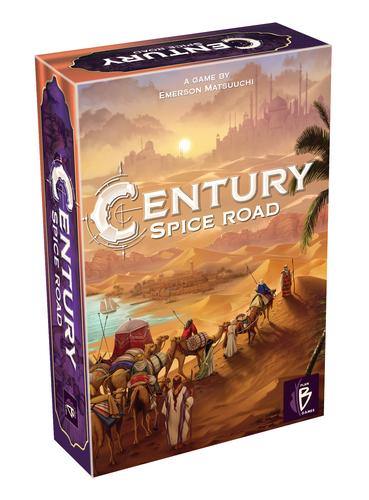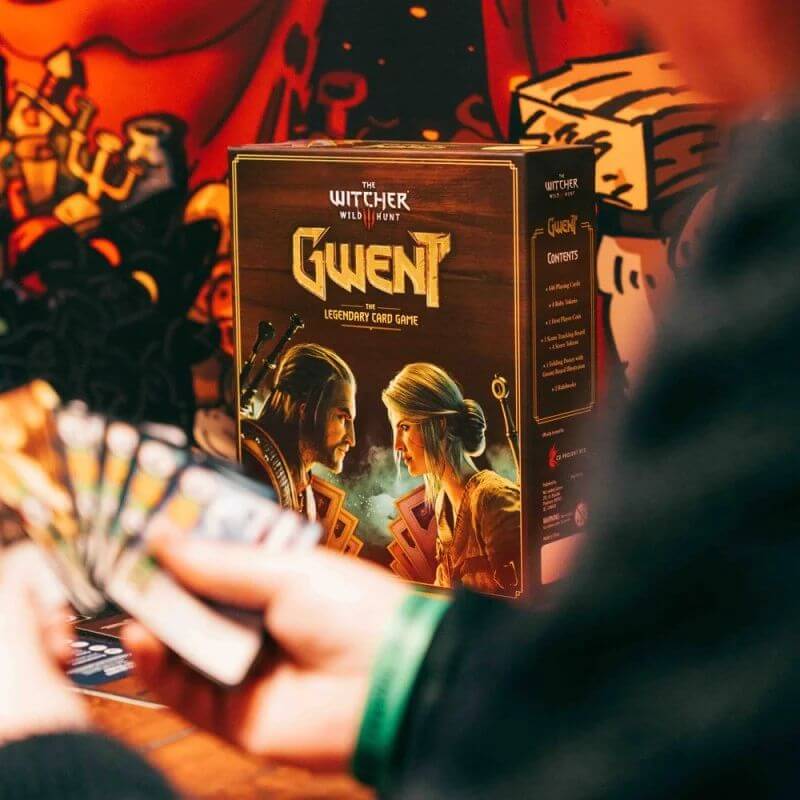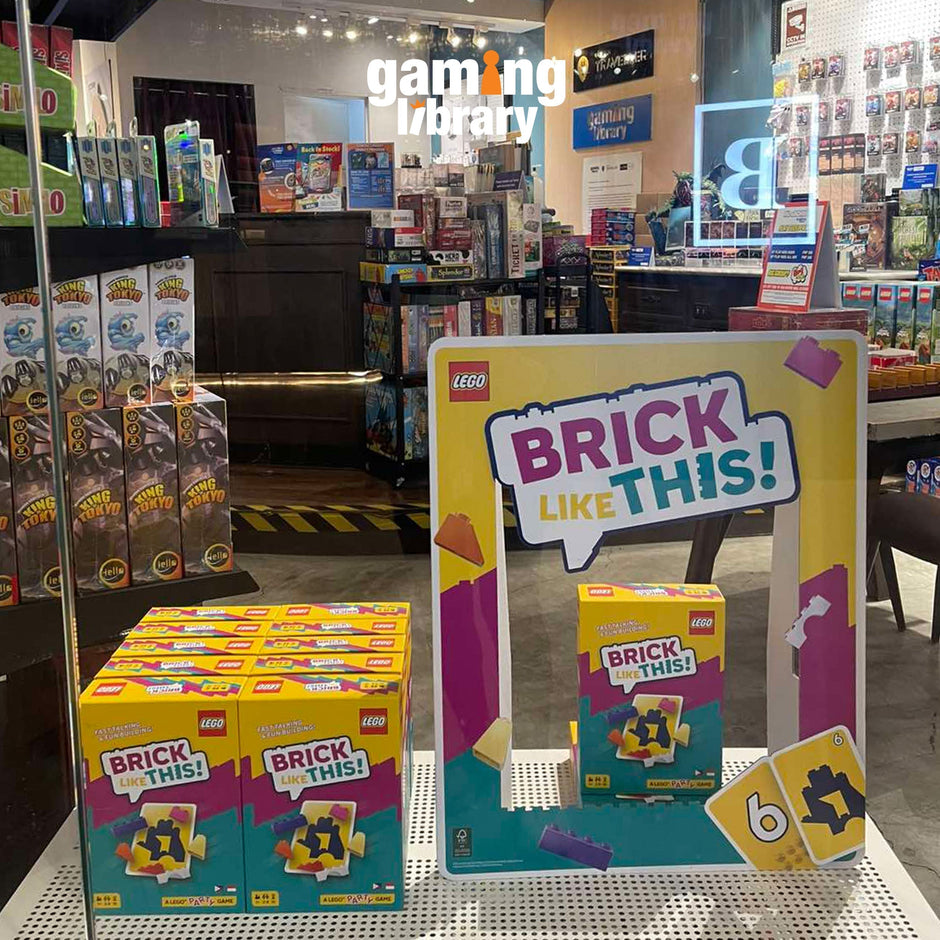There is no denying that Century: Spice Road is one of 2017's biggest releases. The demand for the game alone is overwhelming. Aside from its easy-to-get-into gameplay and the creative ways you can claim your victory, Century: Spice Road is also getting praise for the simplicity and functionality of its components. Today, let us take a look at what makes Century: Spice Road a game worth showing off and getting on the table.
The Spice Economy
The first thing you would notice upon opening the box is the insert. The spice cups rest snugly on it, protecting the cubes from spilling all over the box even without bags. There is enough room for all the coins/bonus tokens on and the rules sheet fits as well. The only downside of the insert is the card holder that is too snug to fit with sleeves.

The four spices act as the resources and the economy of Century: Spice Road. The spices are represented by wooden cubes of different color. Yellow is for turmeric, most popularly used in curry; red is for saffron, an expensive but medicinal spice; green is cardamom, an all-around spice used for dishes (and even coffee); and brown is cinnamon, a spice not limited to just making cinnamon rolls.
These four spices are used to trade spice around and to eventually claim points with. C:SR makes it easy for you by having the spice in cups that are easy to pass around or grab directly from. The cups make setting up and tearing down faster and simpler for people who want to immediately get in and out of the game.

Every player is randomly given a caravan at the start of the game. These caravans determine who start the game by having the player who wakes up at dawn (the card with the special symbol) take the first turn. This card is handy as the game ends with all players having an equal number of turns.
One more thing to point out when it comes to the caravan cards is the inclusion of ten outlines to remind players of the maximum limit of spices one can have at any time.

Merchant cards are the actions given to a player during play. The cards that a player selects often define their play style and how long their engine usually plays out. The merchant cards are language independent and straightforward. The two symbols a player would need to look out for are the upgrade and trade symbols, which are easy to discern.

Point cards are the key to ending and winning the game. A player triggers game end once they are able to acquire their fifth point card, leaving other players scrambling for one final push for points. The requirements for every card are listed at the bottom and the points immediately on top.

Bonus tokens (or coins) are the last components in a Century: Spice Road box. They add an incentive to players who are quick to acquire point cards farthest from the deck. Collecting these gold and silver coins will reward players extra points (three for every gold and one for every silver.) The coins are hefty, well-made, and the embedded Century logo helps the coins feel unique.
A New Age of Spice
Century: Spice Road has an elegant design that translates well into its components. It comes as a welcome sight during a time when most games are getting bigger and bigger. The concise design allows players to immediately get a good idea of the game at first glance. The art used may not be the best, but the layout of the cards are practical and unobtrusive. The components manage to address the demands of the design and even make the game a little more intuitive. This design bonus is often what makes games from good to great.
Century: Spice Road is now available at Gaming Library. Follow Sounding Board for more on board games, RPGs, and other aspects of tabletop gaming. For review requests, submissions, and other board game related content, contact Duane at gl.duanebanzon@gmail.com








